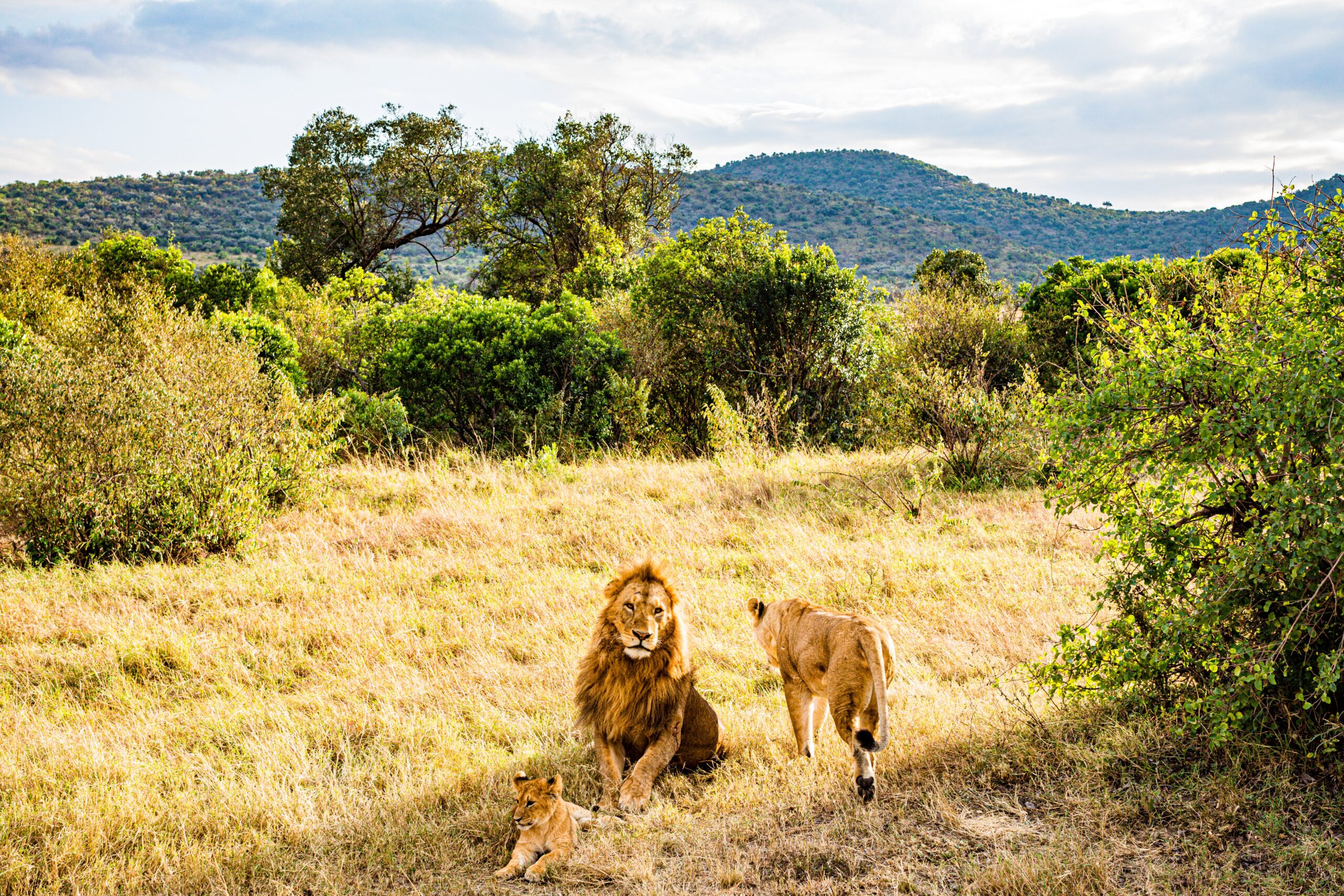Brazil Residential Real Estate Statistics
Brazil Real Estate Landscape
The residential real estate market in Brazil is forecasted to reach a valuation of USD 6.34 trillion by 2024. This market is anticipated to experience a compound annual growth rate (CAGR) of 1.05% from 2024 to 2028. By the end of this period, the market volume is expected to grow to USD 6.61 trillion.

The number of households in Brazil is expected to increase by 15.8% over the forecast period, reaching 29.8 million by 2027. This growth is primarily driven by the rising number of single-person households, which are projected to expand at the fastest rate, growing by 20.1%. Despite this trend, households consisting of couples with children will continue to be the predominant household type in 2027, making up 35.6% of all households. However, the average number of children per household is anticipated to decline from 0.6 in 2022 to 0.5 in 2027, influenced by higher educational attainment and increased female participation in the workforce.
With the ongoing trend of rural-to-urban migration, urbanisation in Brazil is projected to intensify, reaching 88.3% of total households by 2027. However, as the urbanisation rate in Brazil has already peaked, the growth in the proportion of urban households is expected to slow down.
The biggest Brazilian city, São Paulo, accounted for 10.1% of Brazil’s population in 2022. Over 2022-2027, Brasília is forecast to be the fastest growing city in terms of total population, with an increase of 3.2%.
Types of Housing

A typical Brazilian household consists of three people, with most households residing in detached houses featuring five or more rooms. On average, most dwellings were sized at 70 square meters or larger. However, increasing numbers of single-person households, urbanisation trends, and limited urban space are expected to drive demand for apartments. In particular the boom of apartments the size of hotel rooms.
Comparing the 2010 Census with the 2022 Census, the proportion of the population living in an apartment increased in all major regions. The highest percentage is in the Southeast (16.7%), followed by the South (14.4%). The North records the lowest figure (5.2%). Among all 5,570 municipalities, Santos (SP), Balneário Camboriú (SC) and São Caetano do Sul (SP) have the most apartment residents.

Housing Supply & Regional Variations

In 2019, the housing deficit in Brazil was estimated to be 5.9 million households and is expected to increase by 1.2 million per year until 2030. Besides that, about 30 million houses in Brazil are inadequate, lacking proper infrastructure such as sanitation, clean water and electricity.
| FY | 2022 | 2023 |
| New launch | 120,400 | 118,000 |
| Sales | 123,000 | 163,100 |
While 2023 saw fewer new launches in 2022, the value of these launches was higher, indicating that developers are betting on higher price properties. According to a survey, higher sales figure of 42.4% in 2023 were driven by Minha Casa Minha Vida (MCMV) properties, a new government initiative.
Average House Pricing


Overall, house prices in Brazil have risen year-on-year since 2018 due to the shortage of housing. Florianópolis, SC, and São Paulo, SP, had the most expensive housing per square meter in Brazil, priced at 10,200 Brazilian reals and 9,800 Brazilian reals, respectively.
Opportunities & Challenges
Challenges
With over 30 million households living in substandard conditions in Brazil, poor housing infrastructure is widespread. This situation has far-reaching implications on the overall quality of life for residents. They face greater health risks due to unsanitary living conditions, limited access to essential services such as clean water and electricity, and increased vulnerability to natural disasters. Not only that, distribution and accessibility of household appliances is also difficult.
Opportunities
New government initiatives such as the “Minha Casa Minha Vida” national housing program launched in 2023, seeks to boost the number of new houses being built, improve existing housing, and strengthen institutions. Additionally, the decline in unemployment and projected GDP growth have led to increased optimism among Brazilians. This positive economic trend, coupled with improved loan conditions, is expected to drive substantial growth in the Brazilian property market in 2024. Consequently, there will likely be a higher demand for basic household appliances as more people seek to equip their homes.
Conclusion
The residential real estate landscape in Brazil presents a dynamic yet challenging environment poised for significant growth. Driven by urbanisation and demographic shifts, the market shows promise despite persistent housing deficits and infrastructure challenges. Governmental initiatives and economic optimism offer hope for improved housing conditions. As Brazil navigates these opportunities and challenges, the future of its residential real estate sector appears marked by resilience and potential for substantial development.
Sources:
[1] https://www.statista.com/outlook/fmo/real-estate/residential-real-estate/brazil
[2] https://www.euromonitor.com/households-brazil/report
[3] https://www.businesstimes.com.sg/property/sao-paulo-boom-apartments-size-hotel-rooms
[5] https://www.iadb.org/en/news/brazil-promote-new-models-housing-vulnerable-populations
[6] https://www.statista.com/statistics/1333673/house-price-brazil-by-city/
[8] https://www.statista.com/topics/11617/employment-in-brazil/




